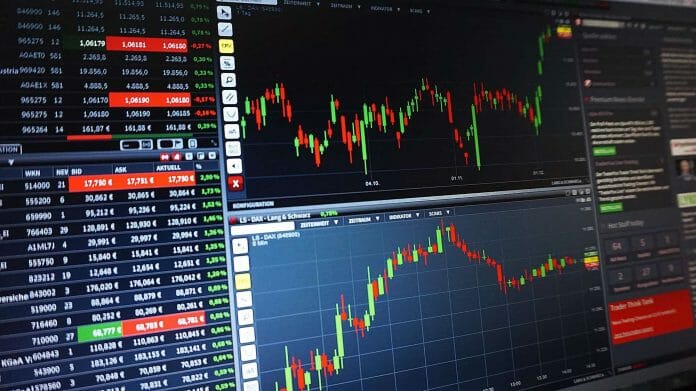Uncertainty is set to continue to shape the second half of 2019, while developments across
different themes will intertwine and influence each other. Amidst the fog, however, Manulife Investment Management believes Asian assets could offer opportunities given their resilience to market volatility in the first half of 2019. Asian equities have held up strongly despite the negative impact of escalating Sino-US trade tensions, and the Federal Reserve’s increasingly dovish stance has allowed Asian bonds to remain in a good position.
“Central banks have entered a global easing cycle in response to the deteriorating global growth activity and heightened uncertainty surrounding international trade policy. This uncertainty has created a confidence shock that is slowing global hiring and business investment along with global trade,” said Frances Donald, Chief Economist and Head of Macroeconomic Strategy, Manulife Investment Management.
“We expect the Federal Reserve will cut rates at least twice in 2019 as insurance against deteriorating growth in the face of heightened uncertainty but also to stoke inflationary pressures which have been absent. Should trade tensions re-escalate in the second half of the year, we would expect the Federal Reserve to respond with more than two rate cut,” Donald added.
Asian equities: Capturing new economic opportunities in the region
The resilience of Asian markets amidst persistent macro volatility is significant. The Fed’s dovish stance has effectively put a floor in the market; capital inflows to Asian markets were net positive for most of the first half. Whilst headline numbers are noteworthy, the underlying catalysts of reform and change in the region are also worthy of investors’ attention.
Even if the US and China ultimately reach a trade agreement in 2019, investors should realise that the tensions underlying the current dispute are structural and long-term in nature. The growth prospects of some Chinese tech companies may inevitably be hurt in the short term due to cut offs by US suppliers, and advanced technology suppliers in Korea and Taiwan may be key beneficiaries, as they are able to supply both US and Chinese firms over the short-term. For example, semiconductor foundries and small design houses in Taiwan can benefit as China readjusts its supply chains.
“In Malaysia, the economic outlook is looking to be better as the strengthening relationship with China is expected to pave way for rising investment flows from China to Malaysia. The revival of major infrastructure projects is expected to pump-prime the economy for the second half of the year”, said Tock Chin Hui, Head of Total Solutions and Equities Investments of Manulife Asset Management Services Bhd.
“Malaysia corporates and consumers are expected to spend more due to the progressive disbursements of tax refunds and the resumption of infrastructure projects, which will eventually drive domestic consumption, and investor sentiment is expected to improve as the government continues to embark on structural changes to overhaul the economy and future-proof it. Looking ahead, Malaysian equities offer attractive dividend yield and significant defensiveness amid uncertainty caused by trade tension.
The Malaysian market is expected to show resilience and could outperform regional peers given its defensive trait and year- to-date laggard performance,” Tock added.
Asian fixed income: Spotting opportunity in volatility
The Fed’s monetary policy direction and moderate inflation conditions in Asia provide policy room for the region’s central banks. The prospect of Fed rate cuts is already priced into markets, leading to developed market bond yields overshooting on the downside.
Together, these global circumstances can provide opportunities for Asian bond markets. Asian economies that raised interest rates in 20182 now have enough dry powder to adopt accommodative monetary policies, a favourable environment for local-currency bonds. Furthermore, the widened interest-rate differential between Asian and developed bond markets increases the appeal of Asian bonds, especially high-yielding bond markets.
Against the backdrop of slowing global trades and on-going US-China tensions, the global GDP is expected to trend lower. With Bank Negara cutting Malaysia’s Overnight Policy Rate by 25bps in May 2019, Malaysia joined other central banks globally on their dovish stance.
“This provides impetus for our bullish outlook on the global and local bond market, ” said Andy Luk, Head of Fixed Income of Manulife Asset Management Services Bhd.
“With strong domestic liquidity and lower net supply in the second half of 2019, we see signs of healthy demand-supply dynamics in the Malaysian market. Credits were well supported in the first half of 2019 and is expected to continue delivering strong performance in the coming months.” Luk concluded.









